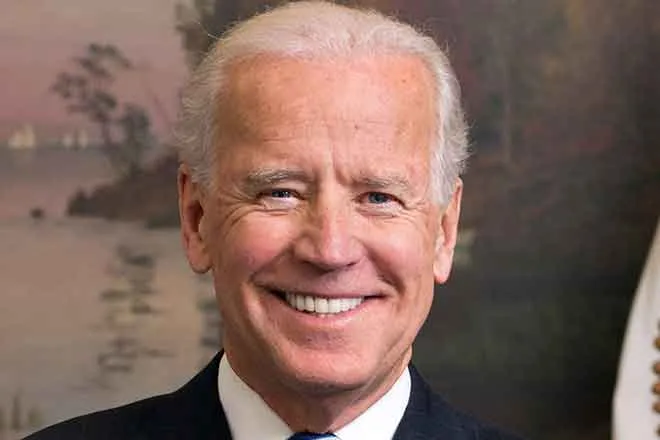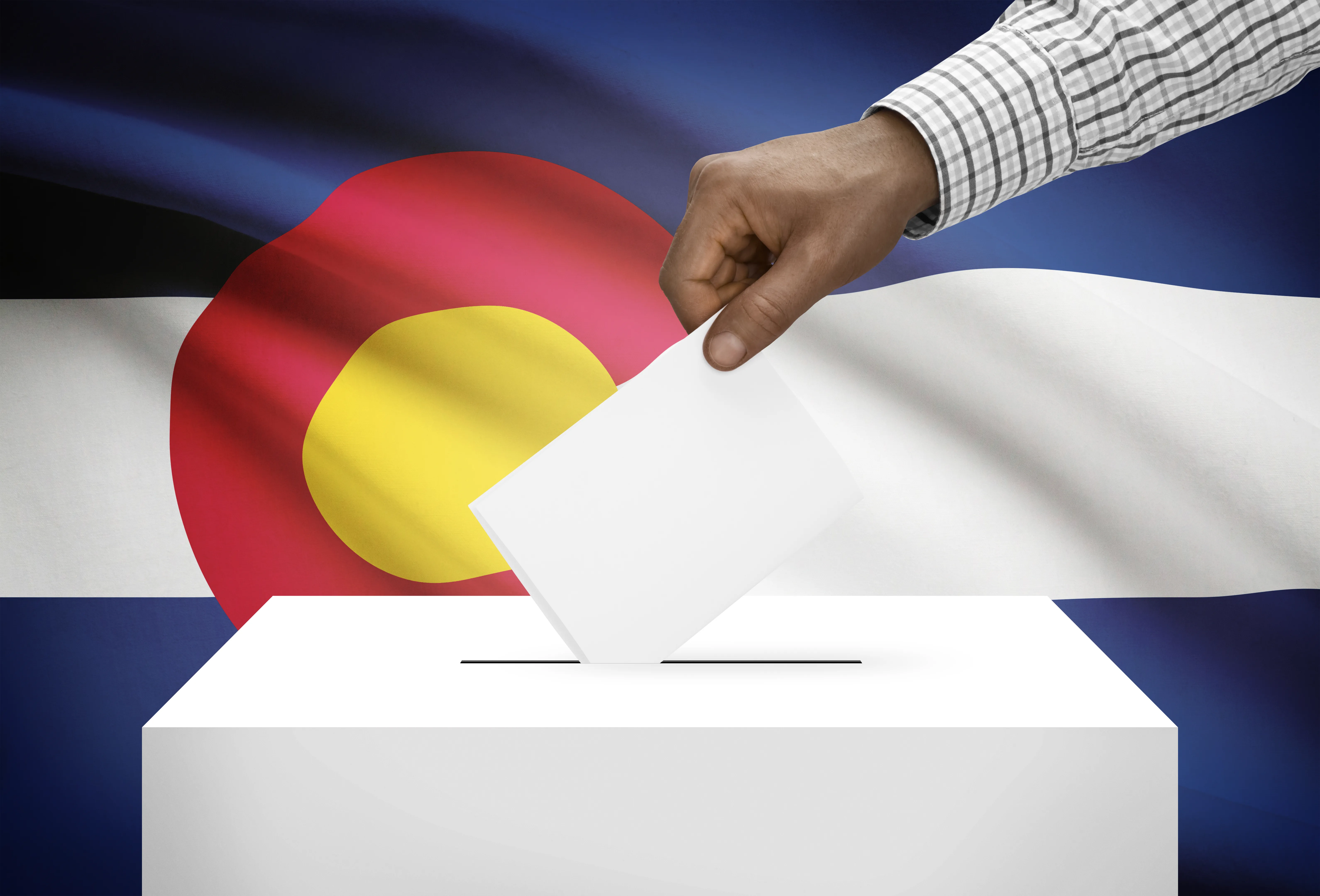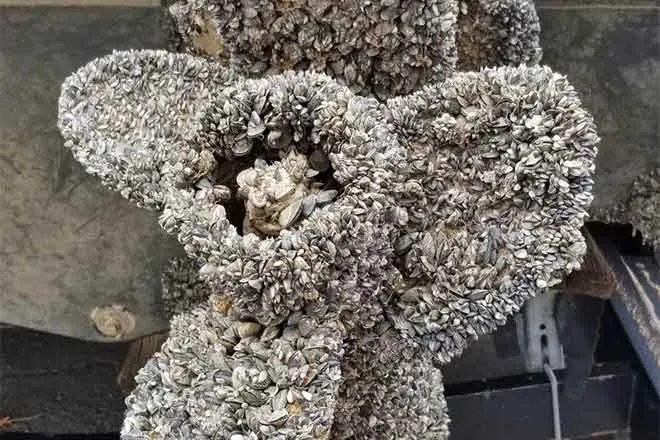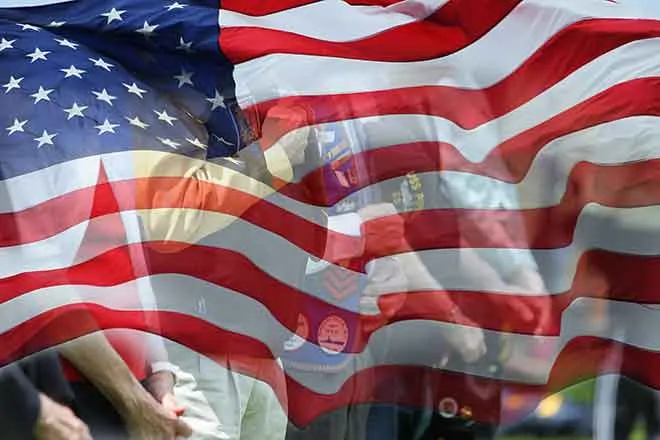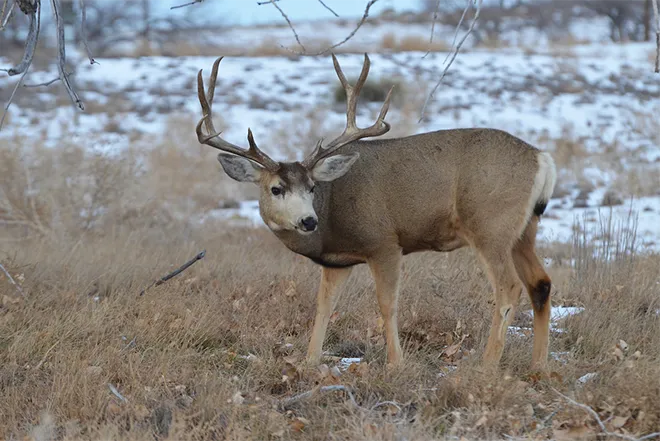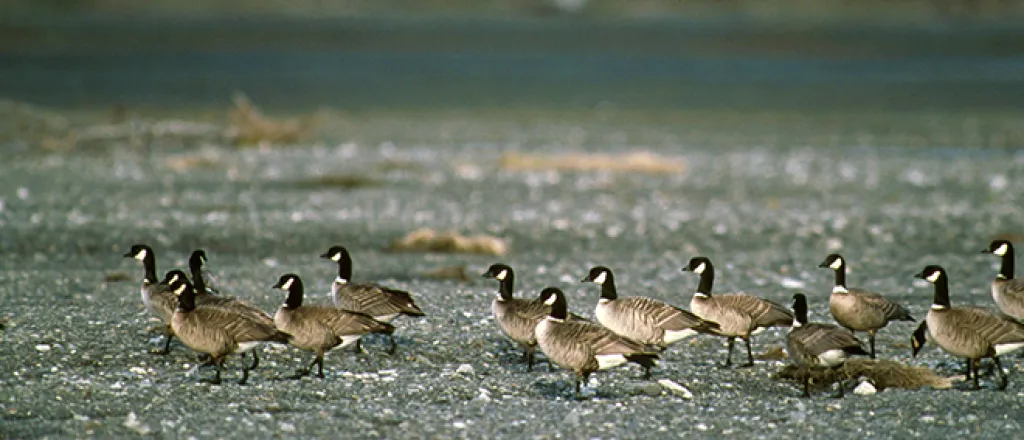
Hunters Can Expect Another Good Waterfowl Season
Colorado hunters can expect another good waterfowl season in 2017-18, although CPW avian program leader Jim Gammonley said there are signs that duck numbers may start to see declines in the future due to drier conditions to the north. Waterfowl hunting opportunities in Colorado extend from mid-September teal seasons to light goose conservation seasons ending in April.
“We’ve been riding a high tide for the last 20 years,” Gammonley said, “but there are signs this year that we’re getting back into drier habitat conditions on portions of the prairie breeding grounds that provide ducks for Colorado hunters. So, in future years we may not have those large numbers coming through the migration corridor.”
The U.S. Fish & Wildlife Service’s 2017 Waterfowl Population Status report shows Canada geese that occur in Colorado, which include Rocky Mountain Canada geese west of the Continental Divide, Hi-Line Canada geese east of the Divide and arctic-nesting small Canada geese and cackling geese that winter in eastern Colorado all had good habitat conditions and should have similar population levels to 2016, when large numbers moved through the eastern plains of Colorado during winter and spring migration.
The mallard population decreased to 10.5 million in 2017, down from 11.8 million in 2016, but still 34 percent above the long-term average of 7.9 million. Breeding populations of gadwalls was similar to their 2016 estimate and 111 percent above their long-term average. The 2.8 million American wigeon estimate was 19 percent below the 2016 estimate and 33 percent below the long-term average. The 3.6 million green-winged teal estimate was 16 percent below the 2016 estimate and 32 percent lower than the long-term average. The 7.9 million estimate for blue-winged teal was 18 percent above the 2016 estimate and 57 percent above their long-term average.
Colorado’s waterfowl environments are diverse, ranging from shallow wetlands to large reservoirs. Typically, the best hunting is available when a cold front pushes birds south from southern Canada, the Dakotas, Montana and Wyoming.
Gammonley suggests hunters get out to areas ahead of time for a successful season. “Conditions and the timing of migration are always changing,” Gammonley said. “Take a look around areas where you want to hunt and see local conditions. You may find other areas where you’ve never gone. It’s good for hunters to get out early and see what’s going on.”
For more information about Colorado’s waterfowl seasons and hunting regulations, see the 2017 Colorado Waterfowl brochure, available at statewide license agents and parks and wildlife offices or online. Duck and goose hunting in Colorado requires a small-game license and both federal and state waterfowl stamps, available for purchase through CPW’s online system. In addition, hunters are required to obtain a Harvest Information Program (HIP) number.


